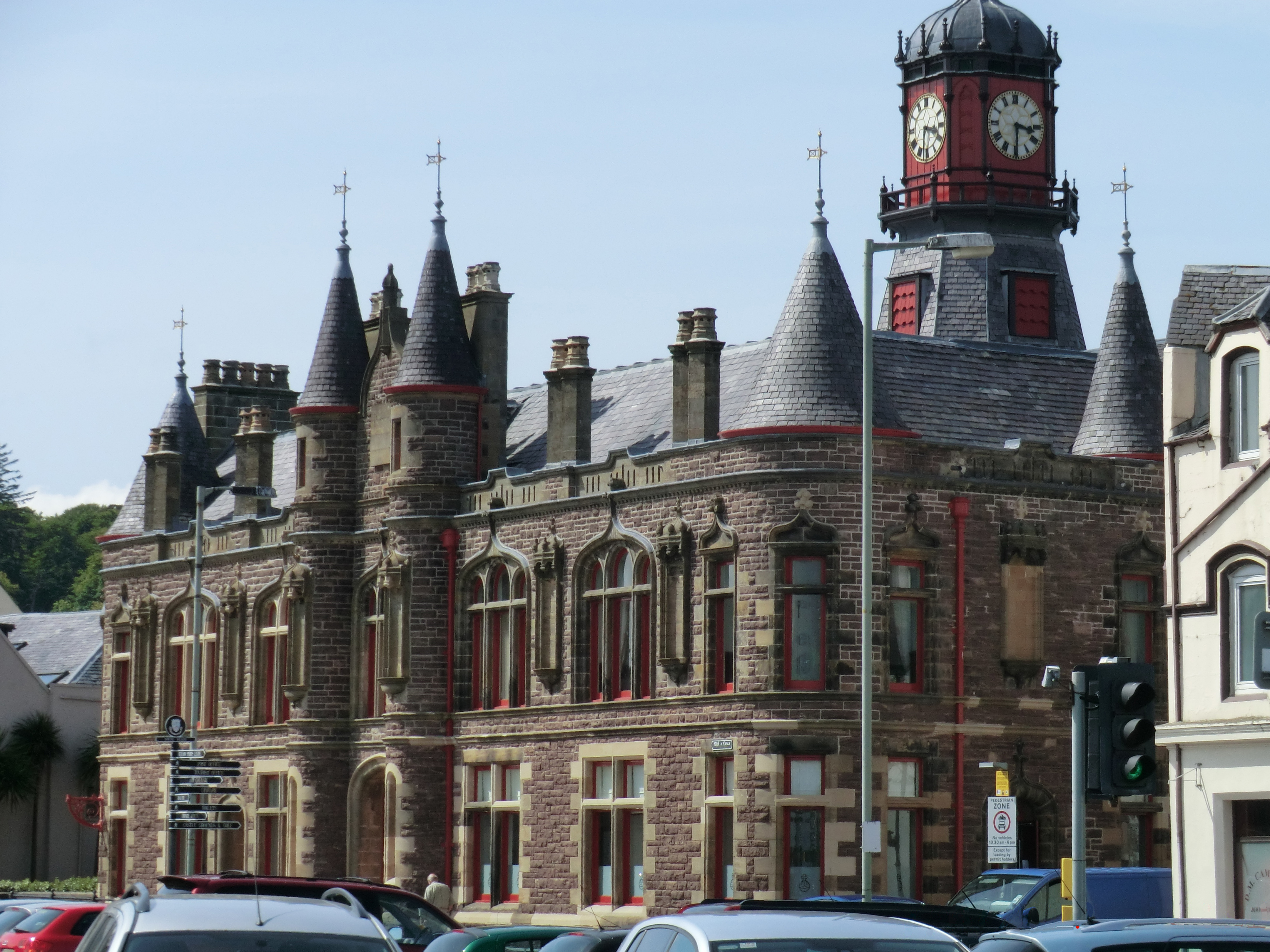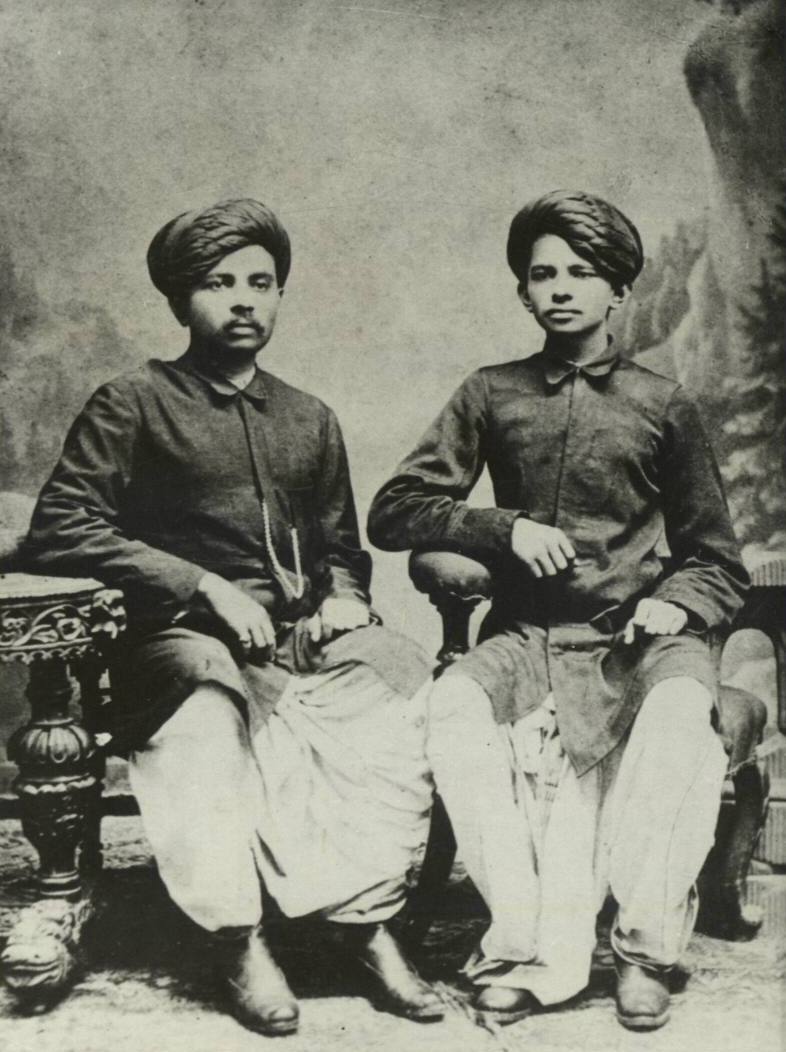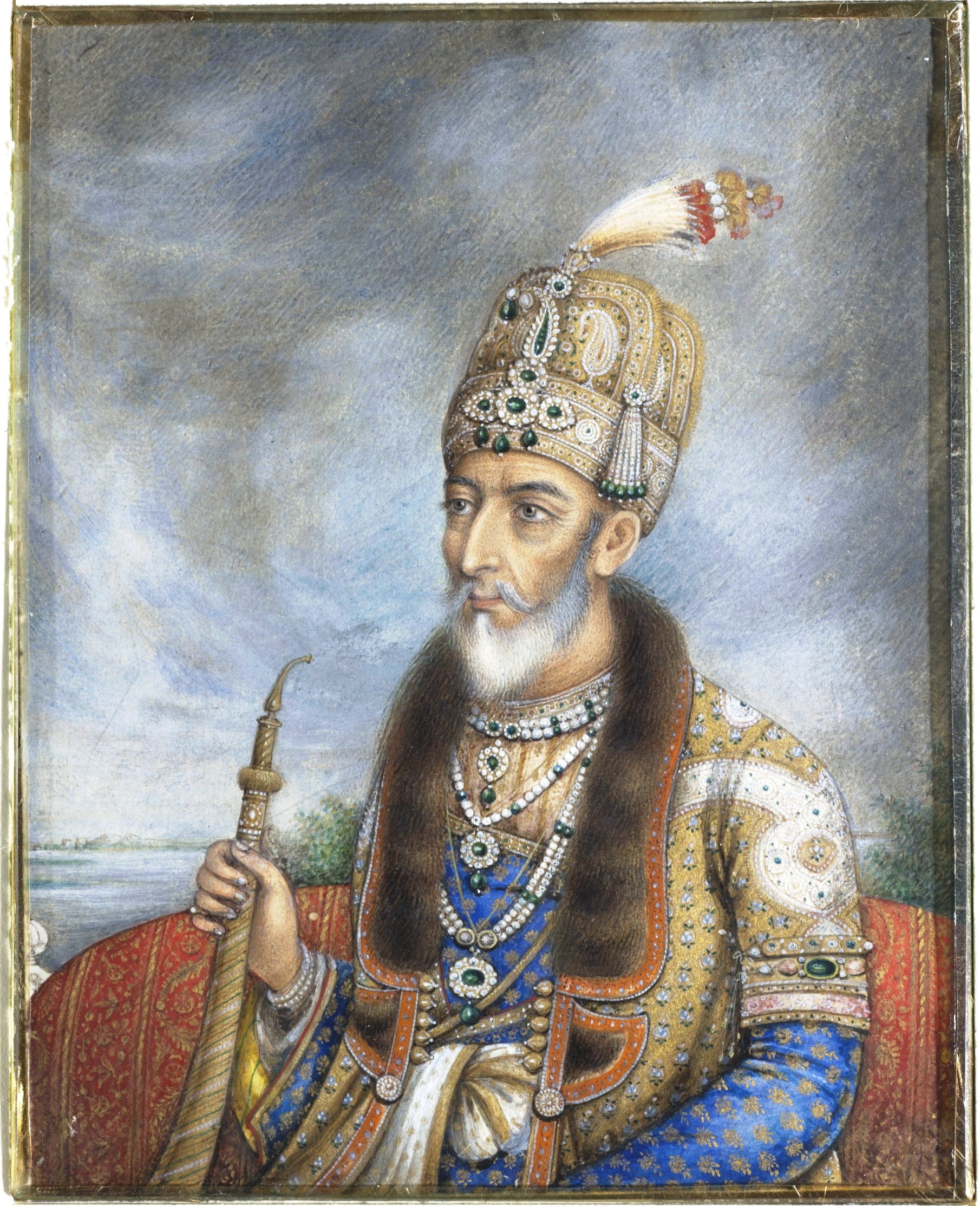|
Aonghas Caimbeul
Aonghas Caimbeul (9 October 1903 – 28 January 1982), alias Am Puilean, was a Scottish Gaelic Bard, war poet, and memoirist. Early life Caimbeul was born on 9 October 1903 at Swainbost, Ness, Lewis, Ness, Isle of Lewis, where his family had lived since being evicted from Uig, Lewis, Uig in 1842, during the Highland Clearances. The island's Anglo-Scottish landlord had originally intended for the families of the evicted to emigrate, and only granted them land at Swainbost to avoid the threat of violence. The poet's parents were Alexander Campbell from Habost (''Alastair Mhurchaidh Òig'', 1865–1948) and Christina "Christy" Maclean (''Cairistìona Aonghais MhicillEathain'', 1868–1930). Of the poet's nickname of Am Puilean, his son Donald John has said, "Many Ness nicknames have no meaning, as appears to be the case here."Ronald Black (1999), ''An Tuil: Anthology of 20th century Scottish Gaelic Verse'', page 757-759. Between 1909 and 1918, Aonghas attended the 300-pupil Cross S ... [...More Info...] [...Related Items...] OR: [Wikipedia] [Google] [Baidu] |
Scottish Gaelic
Scottish Gaelic (, ; Endonym and exonym, endonym: ), also known as Scots Gaelic or simply Gaelic, is a Celtic language native to the Gaels of Scotland. As a member of the Goidelic language, Goidelic branch of Celtic, Scottish Gaelic, alongside both Irish language, Irish and Manx language, Manx, developed out of Old Irish. It became a distinct spoken language sometime in the 13th century in the Middle Irish period, although a Classical Gaelic, common literary language was shared by the Gaels of both Ireland and Scotland until well into the 17th century. Most of modern Scotland was once Gaelic-speaking, as evidenced especially by Gaelic-language place names. In the 2011 United Kingdom census#2011 Census for Scotland, 2011 census of Scotland, 57,375 people (1.1% of the Scottish population, three years and older) reported being able to speak Gaelic, 1,275 fewer than in 2001. The highest percentages of Gaelic speakers were in the Outer Hebrides. Nevertheless, there is a language ... [...More Info...] [...Related Items...] OR: [Wikipedia] [Google] [Baidu] |
Stornoway
Stornoway (; ) is the main town, and by far the largest, of the Outer Hebrides (or Western Isles), and the capital of Lewis and Harris in Scotland. The town's population is around 6,953, making it the third-largest island town in Scotland after Kirkwall in Orkney and Lerwick in Shetland. The historical civil parish of Stornoway, which includes various nearby villages, has a combined population of just over 10,000. The Comhairle nan Eilean Siar (the Western Isles Council) measures population in a different area: the ''Stornoway settlement'' area, Laxdale, Sandwick and Newmarket; in 2019, the estimated population for this area was 6,953. Stornoway is an important port and the administrative centre of the Outer Hebrides. It is home to Comhairle nan Eilean Siar and a variety of educational, sporting and media establishments. Until relatively recently, observance of the Christian Sabbath (Sunday) has been associated with Hebridean culture. Recent changes mean that Sund ... [...More Info...] [...Related Items...] OR: [Wikipedia] [Google] [Baidu] |
Amy Johnson
Amy Johnson (born 1 July 1903 – disappeared 5 January 1941) was a pioneering English pilot who was the first woman to fly solo from London to Australia. Flying solo or with her husband, Jim Mollison, she set many long-distance records during the 1930s. In 1933, Katharine Hepburn's character in the film '' Christopher Strong'' was inspired by Johnson. She flew in the Second World War as a part of the Air Transport Auxiliary. Her aircraft crashed into the Thames Estuary: she died after bailing out. Because her body was never recovered, the precise cause of her death—drowning, hypothermia or being pulled into a warship's moving propellers, is unknown and has been a subject of discussion since the possibility of friendly fire was raised in 1999 (see below). Early life Born in 1903 in Kingston upon Hull, East Riding of Yorkshire, Amy Johnson was the daughter of Amy Hodge, granddaughter of William Hodge, a Mayor of Hull, and John William Johnson whose family were fis ... [...More Info...] [...Related Items...] OR: [Wikipedia] [Google] [Baidu] |
Mahatma Gandhi
Mohandas Karamchand Gandhi (2October 186930January 1948) was an Indian lawyer, anti-colonial nationalism, anti-colonial nationalist, and political ethics, political ethicist who employed nonviolent resistance to lead the successful Indian independence movement, campaign for India's independence from British Raj, British rule. He inspired movements for Civil rights movements, civil rights and freedom across the world. The honorific ''Mahātmā'' (from Sanskrit, meaning great-souled, or venerable), first applied to him in Union of South Africa, South Africa in 1914, is now used throughout the world. Born and raised in a Hindu family in coastal Gujarat, Gandhi trained in the law at the Inner Temple in London and was called to the bar at the age of 22. After two uncertain years in India, where he was unable to start a successful law practice, Gandhi moved to South Africa in 1893 to represent an Indian merchant in a lawsuit. He went on to live in South Africa for 21 years. Here, ... [...More Info...] [...Related Items...] OR: [Wikipedia] [Google] [Baidu] |
Indian Independence Movement
The Indian independence movement was a series of historic events in South Asia with the ultimate aim of ending British Raj, British colonial rule. It lasted until 1947, when the Indian Independence Act 1947 was passed. The first nationalistic movement took root in the newly formed Indian National Congress with prominent moderate leaders seeking the right to appear for Indian Civil Service examinations in British India, as well as more economic rights for natives. The first half of the 20th century saw a more radical approach towards self-rule. The stages of the independence struggle in the 1920s were characterised by the leadership of Mahatma Gandhi and Congress's adoption of Gandhi's policy of non-violence and Salt March, civil disobedience. Some of the leading followers of Gandhi's ideology were Jawaharlal Nehru, Vallabhbhai Patel, Abdul Ghaffar Khan, Maulana Azad, and others. Intellectuals such as Rabindranath Tagore, Subramania Bharati, and Bankim Chandra Chattopadhyay spr ... [...More Info...] [...Related Items...] OR: [Wikipedia] [Google] [Baidu] |
Pakistan
Pakistan, officially the Islamic Republic of Pakistan, is a country in South Asia. It is the List of countries and dependencies by population, fifth-most populous country, with a population of over 241.5 million, having the Islam by country#Countries, second-largest Muslim population as of 2023. Islamabad is the nation's capital, while Karachi is List of cities in Pakistan by population, its largest city and financial centre. Pakistan is the List of countries and dependencies by area, 33rd-largest country by area. Bounded by the Arabian Sea on the south, the Gulf of Oman on the southwest, and the Sir Creek on the southeast, it shares land borders with India to the east; Afghanistan to the west; Iran to the southwest; and China to the northeast. It shares a maritime border with Oman in the Gulf of Oman, and is separated from Tajikistan in the northwest by Afghanistan's narrow Wakhan Corridor. Pakistan is the site of History of Pakistan, several ancient cultures, including the ... [...More Info...] [...Related Items...] OR: [Wikipedia] [Google] [Baidu] |
Spīn Ghar
The Spīn GharSafīd Mountain Range in , 2009 () or Safēd Kōh (, less used in this area) both meaning ''White Mountain'', or sometimes (: Selseleh-ye Safīd Kūh) meaning ''white mountain range'', is a to the south of the . I ... [...More Info...] [...Related Items...] OR: [Wikipedia] [Google] [Baidu] |
Afridi Redshirt Rebellion, Indian North West Frontier 1930–1931
The Afridi Redshirt Rebellion was a military campaign conducted by British Indian Army against Afridi tribesmen Ajab Khan Afridi in the North West Frontier region of the Indian Empire, now in Pakistan in 1930–1931. The Afridi are a Karlani Pashtun tribe who inhabit the border area of Pakistan, notably in the Spin Ghar mountain range to the west of Peshawar and the Maidan Valley in Tirah.T H Holdich. . ''Khyber.ORG.'' Publishing Date: December 18, 2009. The Afridis often clashed with the British Indian Army during British Raj's expansion towards the Afghan border, notably during the Anglo-Afghan Wars. In the summer of 1930 a rebellion by dissident Afridi tribesmen, known as Ajab Khan Afridi Redshirts, broke out. As this threatened the security of Peshawar, two Brigade Groups were sent to occupy the Khajuri Plain, west of Peshawar and south of the Khyber Pass. Their role was to open up the area by constructing roads and strong points. This would help prevent any future tri ... [...More Info...] [...Related Items...] OR: [Wikipedia] [Google] [Baidu] |
Pashtun Tribes
The Pashtun tribes (), are tribes of the Pashtun people, a large Eastern Iranian ethnic group who speak the Pashto language and follow Pashtunwali, the social code of conduct for Pashtuns. They are found primarily in Afghanistan and Pakistan and form the world's largest tribe, tribal social group, society, comprising over 60 million people and between 350 and 400 tribes and clans. They are traditionally divided into four tribal confederacies: the Sarbani (), the Bettani (), the Ghurghusht (), the Karlani () and a few allied tribes of those that are Ismailkhel, Khel (clan), Khel, Ludin, Sakzai, and Zai (tribe), Zai. Folklore, Folkloric genealogies trace the ancestors of the Pashtuns to Qais Abdur Rashid and his three sons ''Saṛban'' (), ''Bēṭ'' (), and ''Gharghax̌t'' () as well as an adopted son, not directly adopted by Qais Abdul Rashid, but the identity of the adoptee, Karlāņ (), as well as the man who adopted him. According to some books written on the history of the ... [...More Info...] [...Related Items...] OR: [Wikipedia] [Google] [Baidu] |
Afridi
The Afrīdī ( ''Aprīdai'', plur. ''Aprīdī''; ) are a Pashtun tribe present mostly in tribal areas in Khyber Pakhtunkhwa, Pakistan. The Afridis are most dominant in the Spin Ghar range west of Peshawar in Tribal areas of modern-day Khyber Pakhtunkhwa, covering most of the Khyber Pass and Maidan in Tirah which is their Native Tribal Territory. They are the closest to Orakzai in their language, culture and geographic areas. Etymology and origins Etymology Herodotus, in his Histories, mentions an Indian tribe named Aparytai (Ἀπαρύται) inhabiting the Achaemenid satrapy of Arachosia. Thomas Holdich and Olaf Caroe have linked them with the Afridi tribe: Origins The origin of the Afridis is uncertain. Among the Afridi six Ḵaybar clans are generally distinguished: the Kūkī Ḵēl, Kambar Ḵēl, Kamar Ḵēl, Malek-dīn Ḵēl, Sepāh, and Zakkā Ḵēl (or Zəḵā Ḵēl), in the Khyber pass region. In addition, there are two "assimilated clans" not rec ... [...More Info...] [...Related Items...] OR: [Wikipedia] [Google] [Baidu] |
British Raj
The British Raj ( ; from Hindustani language, Hindustani , 'reign', 'rule' or 'government') was the colonial rule of the British The Crown, Crown on the Indian subcontinent, * * lasting from 1858 to 1947. * * It is also called Crown rule in India, * * * * or direct rule in India. * Quote: "Mill, who was himself employed by the British East India company from the age of seventeen until the British government assumed direct rule over India in 1858." * * The region under British control was commonly called India in contemporaneous usage and included areas directly administered by the United Kingdom of Great Britain and Ireland, United Kingdom, which were collectively called ''Presidencies and provinces of British India, British India'', and areas ruled by indigenous rulers, but under British British paramountcy, paramountcy, called the princely states. The region was sometimes called the Indian Empire, though not officially. As ''India'', it was a founding member of th ... [...More Info...] [...Related Items...] OR: [Wikipedia] [Google] [Baidu] |
Seaforth Highlanders
The Seaforth Highlanders (Ross-shire Buffs, the Duke of Albany's) was a line infantry regiment of the British Army, mainly associated with large areas of the northern Highlands of Scotland. The regiment existed from 1881 to 1961, and saw service in World War I and World War II, along with many smaller conflicts. In 1961 the regiment was amalgamated with the Queen's Own Cameron Highlanders to form the Queen's Own Highlanders (Seaforth and Camerons), which merged, in 1994, with the Gordon Highlanders to form the Highlanders (Seaforth, Gordons and Camerons). This later joined the Royal Scots Borderers, the Black Watch, the Royal Highland Fusiliers and the Argyll and Sutherland Highlanders to create the present Royal Regiment of Scotland. History Formation The regiment was created in 1881 through the amalgamation of the 72nd (Duke of Albany's Own Highlanders) Regiment of Foot and the 78th (Highlanders) (Ross-shire Buffs) Regiment of Foot, which became the 1st and 2nd battalions of th ... [...More Info...] [...Related Items...] OR: [Wikipedia] [Google] [Baidu] |








